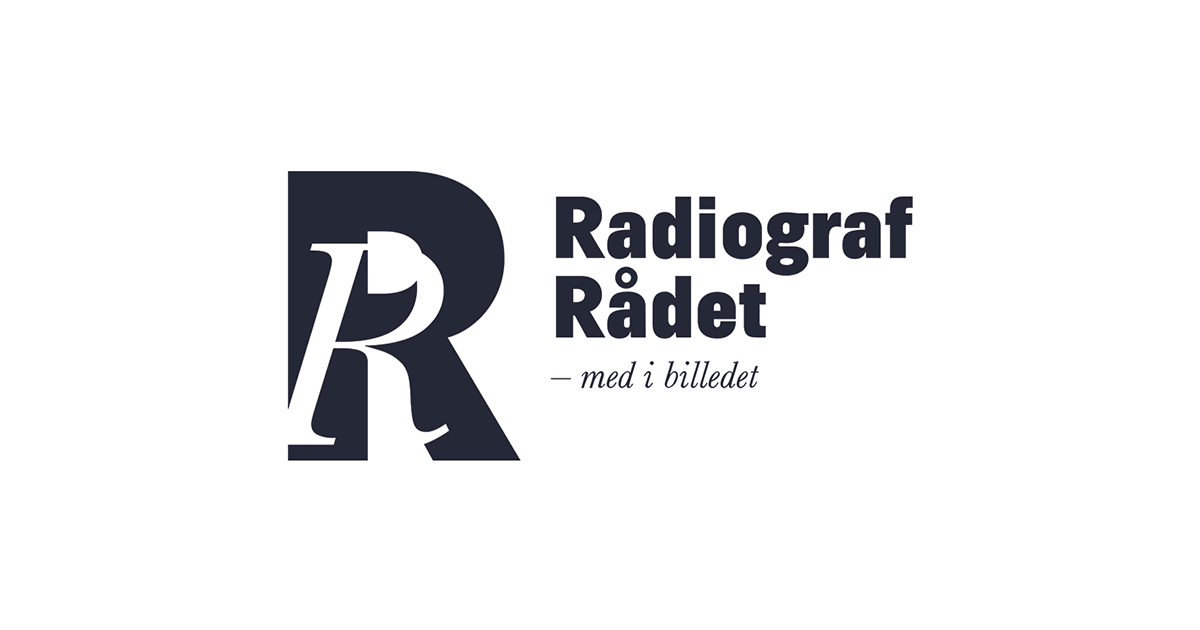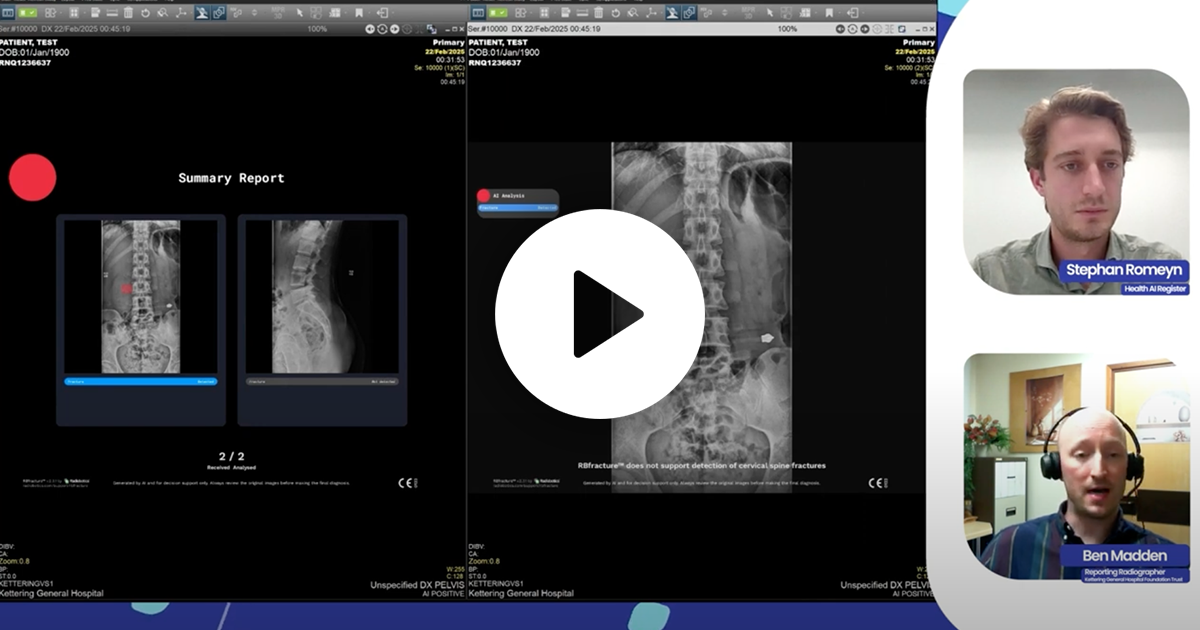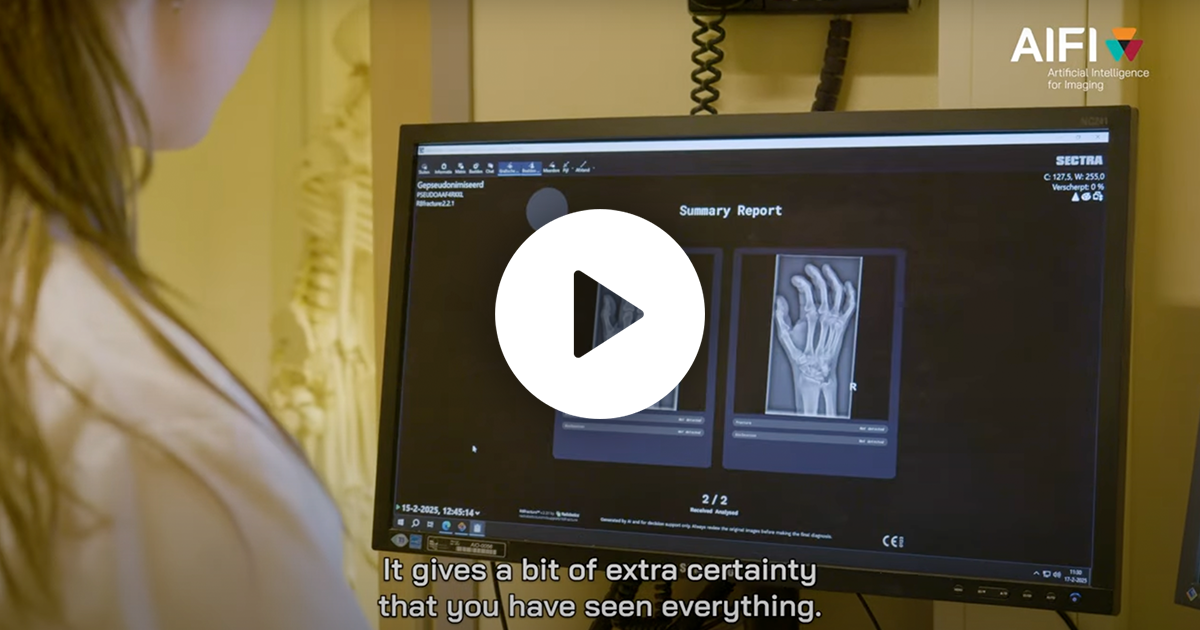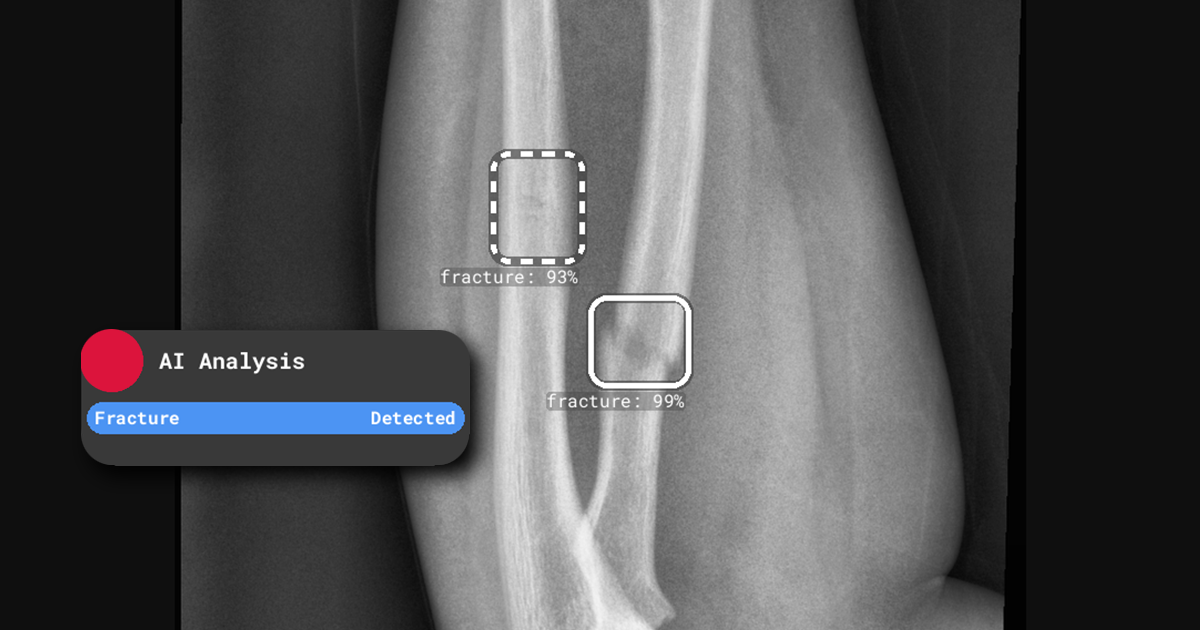Developing AI for Radiology
How does AI go from an idea to assisting clinicians at the bedside? That’s the question explored in a recent Radiografen feature, where Radiobotics’ Rikke Bachmann shares her experience in developing AI for radiology — and ensuring it’s ready for real-world clinical use.
Drawing on her background as a radiographer and educator, Rikke helps bridge the gap between engineers, data scientists, and clinicians, guiding the creation of AI that supports radiology workflows and enhances patient care.
Read an excerpt below or download the English version of the article below to explore how Radiobotics approaches the process of developing AI for radiology — and what it takes to bring new technology safely from code to the clinic.
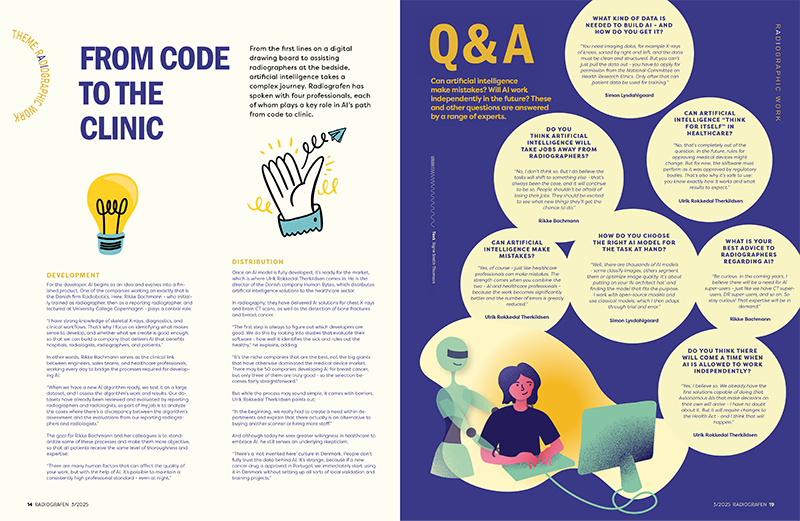
Download the English version
From code to the clinic
From the first lines on a digital drawing board to assisting radiographers at the bedside, artificial intelligence takes a complex journey. Radiografen has spoken with four professionals, each of whom plays a key role in AI’s path from code to clinic.
Development
For the developer, AI begins as an idea and evolves into a finished product. One of the companies working on exactly that is the Danish firm Radiobotics. Here, Rikke Bachmann – who initially trained as radiographer, then as a reporting radiographer, and lectured at University College Copenhagen – plays a central role:
Rikke Bachmann
Clinical Product Lead
Radiobotics
“I have strong knowledge of skeletal X-rays, diagnostics, and clinical workflows. That’s why I focus on identifying what makes sense to develop, and whether what we create is good enough, so that we can build a company that delivers AI that benefits hospitals, radiologists, radiographers, and patients.”
This article was originally published in Radiografen, a Danish professional journal. You can read the original article here.

